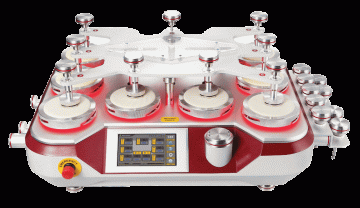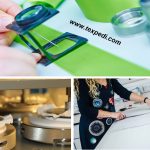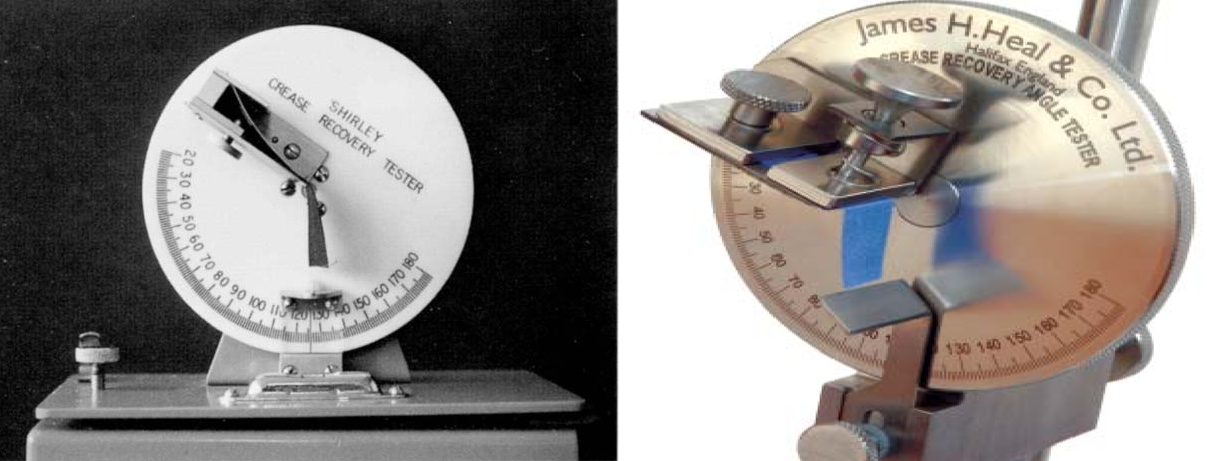Introduction
What is a Martindale Abrasion Tester?
Importance of Martindale Abrasion Tester Test Results
The test results obtained from a Martindale Abrasion Tester play a crucial role in assessing the durability and longevity of materials. These results provide valuable insights into the ability of a material to withstand abrasion, pilling, and wear over time. By understanding the performance of different materials, manufacturers can make informed decisions regarding product suitability, quality improvements, and material advancements.
Factors Affecting Martindale Abrasion Tester Results
- Material Composition: The composition of the tested material, including the type of fibers, yarns, and finishes used, can significantly impact the abrasion resistance.
- Sample Preparation: Proper sample preparation, including specimen size, mounting, and orientation, is crucial for obtaining consistent and representative results.
- Test Parameters: Variables such as the number of cycles, applied load, and the choice of abrasive material can affect the test outcome. Standardized test methods should be followed to ensure repeatability and comparability.
- Environmental Conditions: Factors like temperature, humidity, and airflow can influence the test results, particularly.
- Specimen Conditioning: The moisture content and pre-conditioning of the material can impact its behavior during the test. Ensuring the specimens are conditioned according to the specified standards before testing is important.
- Sample Geometry: The shape and size of the sample can influence stress distribution and abrasion patterns. Care should be taken to select appropriate sample geometries that reflect the material’s intended use.
- Sample Age and Usage: The age and usage history of the material can affect its abrasion resistance. Materials that have already undergone wear or have been exposed to harsh conditions may exhibit different performance compared to new materials.
- Testing Frequency: Performing multiple Martindale Abrasion tests on the same material can yield varying results. It is important to consider the testing frequency to ensure consistency and reliability.
Understanding the Martindale Abrasion Tester Results
Abrasion Resistance Rating Scale
The Martindale Abrasion test results are typically expressed using an abrasion resistance rating scale. Additionally, this scale provides a numerical value that represents the material’s ability to withstand abrasion. Above all, the higher the rating, the better the material’s resistance to wear.
The rating scale may vary depending on the specific industry or standard being followed. However, it generally ranges from low values (indicating poor abrasion resistance) to high values (indicating excellent abrasion resistance).
Interpreting the Test Results
It is also important to compare the test results with industry standards or benchmarks to gain a better understanding of the material’s performance. Some standards provide guidelines for specific applications, helping manufacturers determine whether the material meets the required durability criteria.
Comparing Different Materials
Martindale Abrasion test results enable direct comparisons between different materials. By testing multiple materials under the same conditions, manufacturers can evaluate their relative performance and make informed decisions about material selection. This comparative analysis is particularly useful when choosing between different fabric options or evaluating the suitability of materials for specific applications.
Limitations of the Martindale Abrasion Tester
While the Martindale Abrasion test is a valuable tool for assessing abrasion resistance, it is important to acknowledge its limitations. The test primarily measures flat abrasion and may not accurately simulate the wear characteristics of materials in all real-life scenarios. Other forms of abrasion, such as edge abrasion or flex abrasion, may not be fully captured by the Martindale test. Therefore, it is advisable to consider additional tests or field evaluations for a comprehensive understanding of a material’s durability.
Tips for Improving Martindale Abrasion Tester Results
To obtain favorable Martindale Abrasion test results, certain considerations and practices can be adopted. Implementing these tips can help optimize the test outcome and ensure accurate assessment of material performance.
Proper Material Selection
Choosing the right material is crucial for achieving good abrasion resistance. Consider factors such as fiber type, yarn construction, and fabric weave, as they can significantly impact durability. Opting for materials with inherently higher abrasion resistance or incorporating protective treatments can enhance the test results.
Surface Preparation
Preparing the material surface before testing is important to remove any loose fibers, finishes.
- Cleaning: Ensure that the material surface is clean and free from any contaminants before conducting the test. Dust, dirt, or oils can affect the friction between the specimen and the abrasive material, leading to inaccurate results. Use appropriate cleaning methods recommended for the specific material.
- Trimming and Stabilizing: Trim any loose threads or fibers from the specimen to eliminate potential interference during testing. Additionally, stabilize the edges of the specimen to prevent fraying or unraveling, which can affect the abrasion patterns and test accuracy.
- Surface Conditioning: Depending on the material type, it may be beneficial to condition the surface before testing. For example, brushing or sanding the surface of certain fabrics can align the fibers, reducing the chances of loose or protruding fibers that may contribute to accelerated wear.
Correct Testing Procedure
Conducting the Martindale Abrasion test using the appropriate procedure is essential for obtaining reliable and meaningful results. Here are some key considerations:
- Standardization: Follow recognized testing standards and protocols for conducting the Martindale Abrasion test in Martindale abrasion tester. Standards such as ASTM D4966 or ISO 12947 provide detailed instructions on specimen preparation, test parameters, and reporting methods.
- Sample Size: Ensure that the sample size adheres to the specified dimensions outlined in the testing standards. Using the correct sample size ensures consistency and facilitates accurate comparison between different materials.
- Test Parameters: Set the appropriate test parameters, including the number of cycles, applied load, and speed. Adhering to the recommended test parameters ensures consistency and allows for meaningful comparisons between different materials.
- Multiple Replicates: Perform the test on multiple replicates of the same material to account for any variability or inconsistencies. This helps validate the results and ensures their reliability.
Applications of Martindale Abrasion Testing
Conclusion
FAQs
How long does a Martindale Abrasion test take?
What are the alternatives to the Martindale Abrasion test?
Can the Martindale Abrasion test predict product durability?
Is the Martindale Abrasion test suitable for all materials?
How often should I perform Martindale Abrasion tests on my products?
Are there any specific certifications for Martindale Abrasion test results?
Check out these related articles:










